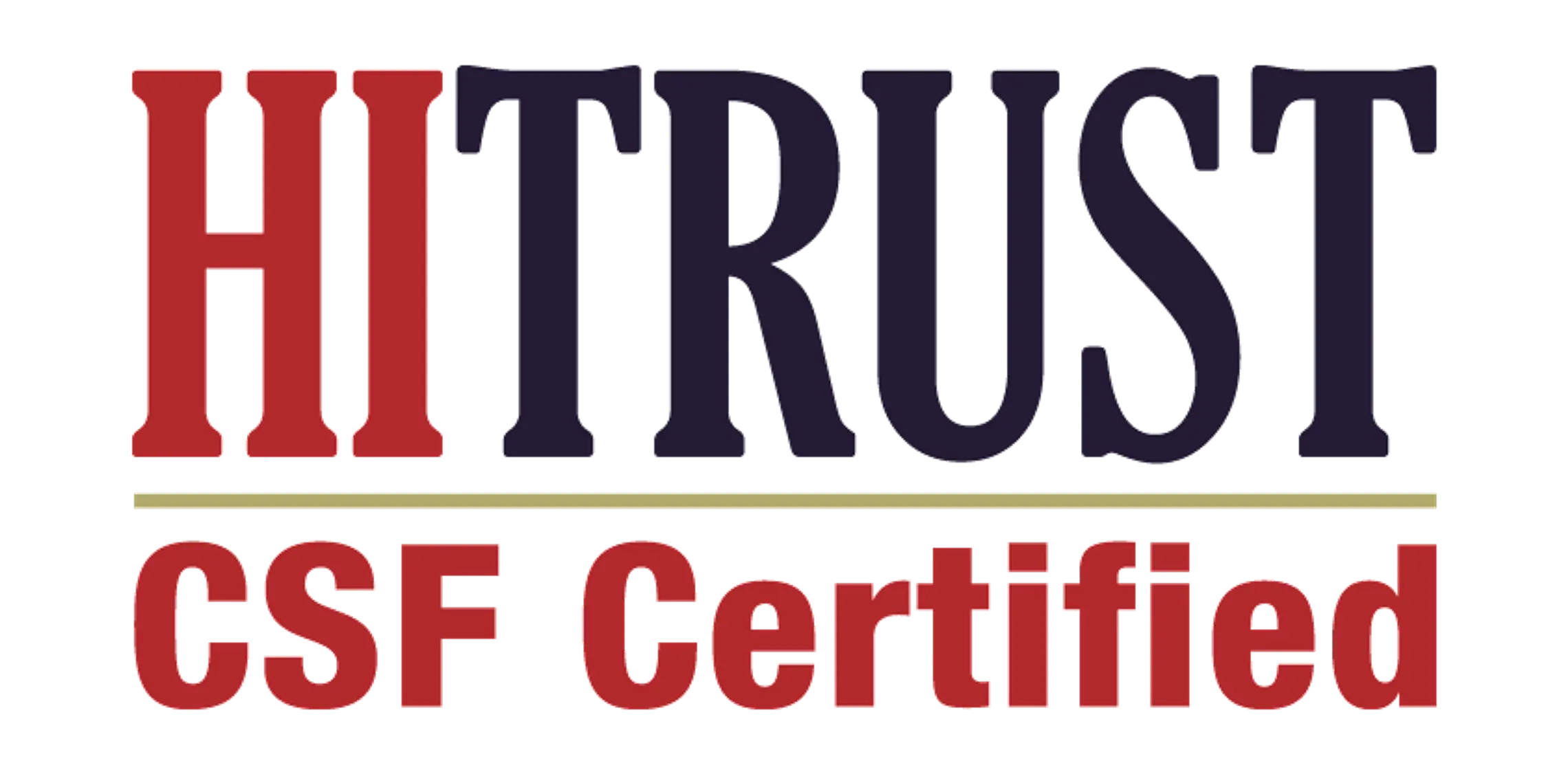Transforming patient collections: How automation simplifies the process

In today's fast-paced healthcare environment, patient collections are often one of the most challenging aspects of managing a medical practice. From missed appointments to negotiating payment plans, the traditional methods of collecting payments can be time-consuming, stressful, and fraught with errors. However, the advent of automation is revolutionizing this process, making it simpler and more efficient for both healthcare providers and patients.
The Challenges of Traditional Patient Collections
Traditionally, patient collections have required healthcare providers to juggle numerous responsibilities. Staff members often spend valuable hours on the phone, sending reminders, and reconciling payments manually. This not only puts a strain on administrative resources but can also lead to frustrated patients who might feel overwhelmed by the billing process. Furthermore, missed payments can significantly impact a practice’s cash flow, hindering its ability to provide quality care.
The Power of Automation
Enter automation – a powerful tool that takes center stage in addressing these challenges. By integrating automated payment solutions into the collection process, healthcare providers can streamline their operations while enhancing patient experience. One key benefit is the reduction in administrative workload. With automation, routine tasks like appointment reminders, billing notifications, and payment processing can be handled efficiently without human intervention.
Automated systems can send reminders via email or text message, reducing the no-show rates and enabling patients to manage their appointments more effectively. This proactive approach not only enhances patient engagement but also fosters better relationships between providers and their patients.
Enhancing Accessibility and Convenience
Automation also introduces more accessibility for patients when it comes to payment options. By providing patients with online portals, they can view their bills, make payments, and set up payment plans on their own schedule. This convenience can significantly enhance the patient experience, making it easier for them to settle their accounts promptly. No longer tied to office hours, patients can interact with their financial obligations at their convenience, resulting in quicker payments for the practice.
Additionally, automated systems can personalize communications based on each patient's history and preferences, making their interactions with the practice feel more tailored and less transactional. This level of customization helps in building trust and loyalty, ensuring that patients feel valued beyond their financial contributions to the practice.
Improved Accuracy and Reporting
Another significant advantage of automation is its impact on accuracy. Manual processes are prone to human error, whether through incorrect data entry or miscommunication. Automation eliminates many of these risks, ensuring that billing and collections are handled consistently and accurately. This heightened accuracy is crucial as it not only prevents revenue losses but also leads to a better understanding of a practice's financial status.
Moreover, the real-time reporting capabilities of automated systems allow practices to assess their collection efforts swiftly. Analyzing cash flow patterns, payment trends, and patient demographics becomes a straightforward task. This data-driven approach enables providers to make informed decisions, plan budgets effectively, and refine their collection strategies.
Conclusion
In a world where patient-centric care is paramount, automation transformations have become essential for effective patient collections. By simplifying billing processes, enhancing accessibility, improving accuracy, and streamlining communications, healthcare providers can focus on what truly matters – delivering high-quality care. Embracing these technological advancements not only transforms the financial aspect of healthcare but also elevates the overall patient experience. In the long run, automation is not merely a cost-saving strategy; it’s a pathway to building stronger patient relationships and better healthcare outcomes.






